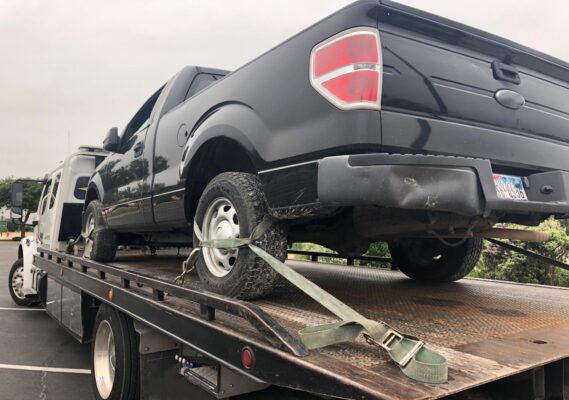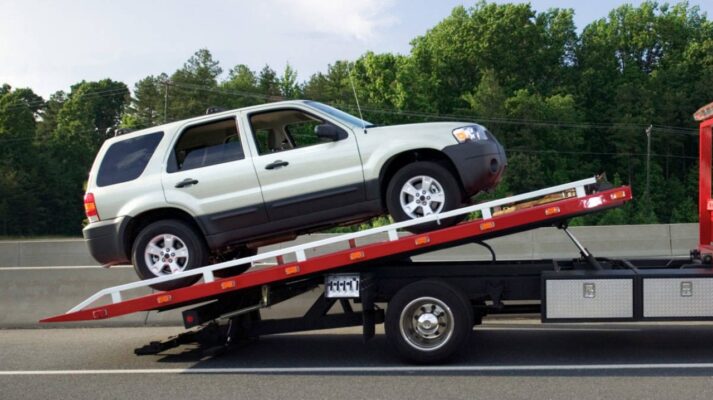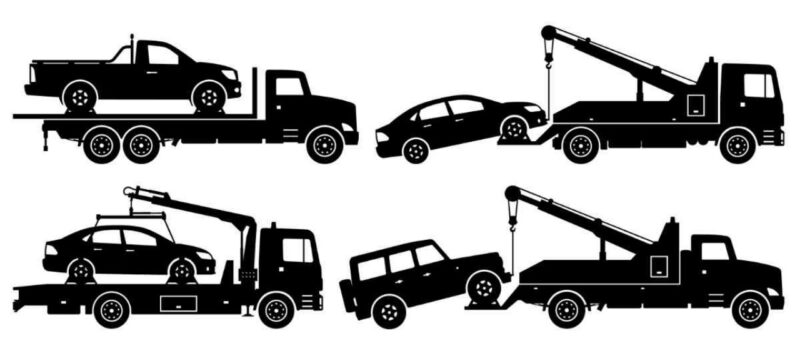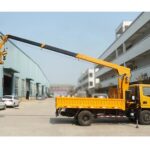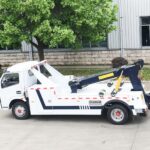To address the growing demand for highway wreckers and enhance the efficiency of highway clearance and rescue operations, several key departments and entities play a crucial role:
Highway Police
The highway police are primarily responsible for managing traffic flow and ensuring road safety. They are often the first responders to traffic accidents and incidents on highways. Their duties include:
- Traffic Control: Managing traffic around accident sites to prevent further incidents.
- Initial Assessment: Assessing the situation and determining the need for wrecker services.
- Coordination: Coordinating with other departments and private contractors to ensure timely clearance of wrecked vehicles.
Private Contractors and Repair Shops
Private contractors and repair shops have increasingly been involved in highway clearance and rescue operations. They are often contracted by highway authorities to provide specialized services, including:
- Vehicle Towing: Removing disabled or wrecked vehicles from the highway.
- On-site Repairs: Providing minor repair services to get vehicles moving again.
- Specialized Equipment: Using heavy-duty wreckers and other equipment to handle large-scale incidents.
Highway Authorities
Highway authorities oversee the overall maintenance and operation of highways. Their responsibilities include:
- Contract Management: Hiring and managing private contractors for highway clearance tasks.
- Policy Implementation: Developing and enforcing policies related to highway maintenance and clearance.
- Infrastructure Development: Ensuring the highway infrastructure supports efficient clearance operations, including the placement of emergency pull-off areas.
Emergency Services
Emergency services, such as fire departments and medical responders, also play a role in highway clearance and rescue:
- Fire Departments: Handling hazardous materials and ensuring the safety of the accident site.
- Medical Responders: Providing immediate medical care to injured individuals and ensuring their safe transport to hospitals.
Transportation Departments
State and local transportation departments are responsible for the broader transportation network, including highways. Their roles include:
- Regulation and Standards: Setting standards for highway maintenance and safety, including clearance operations.
- Funding and Resources: Allocating funds for highway clearance and rescue operations.
- Planning and Coordination: Collaborating with other agencies to develop comprehensive highway management plans.
Insurance Companies
Insurance companies, though not directly involved in the operational aspects, have a significant influence on highway clearance and rescue operations:
- Claims Processing: Handling claims related to highway accidents and coordinating with tow services.
- Cost Management: Working to control costs associated with highway clearance and repairs.
Implementation of a Unified System
To address the current lack of a comprehensive highway clearance and rescue system, a coordinated effort involving all these departments and entities is essential. Key steps toward this goal include:
- Establishing Standards: Developing clear standards for highway clearance operations to ensure consistency and fairness.
- Networked Fee System: Implementing a standardized fee system to regulate charges for highway clearance services and prevent unreasonable fees.
- Training and Certification: Providing training and certification for all personnel involved in highway clearance operations to ensure high standards of safety and efficiency.
- Integrated Communication Systems: Developing integrated communication systems to facilitate real-time coordination among highway police, private contractors, and emergency services.
- Public Awareness Campaigns: Educating the public about highway safety and the importance of proper vehicle maintenance to prevent accidents.
By implementing these measures, it will be possible to create a more efficient and effective highway clearance and rescue system, ensuring safer and smoother operations on highways.


